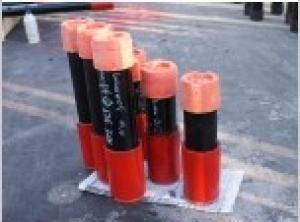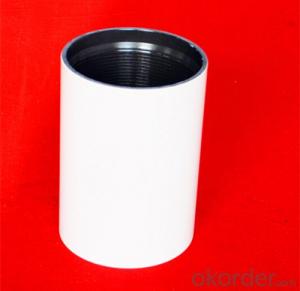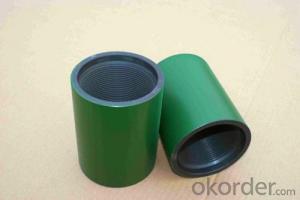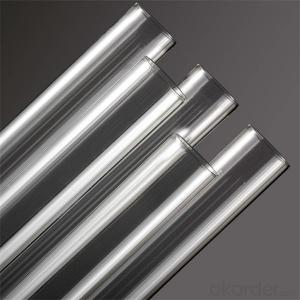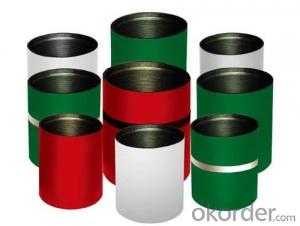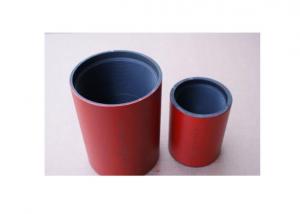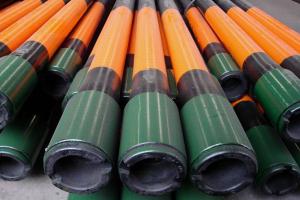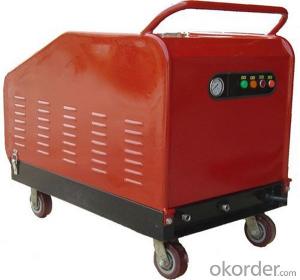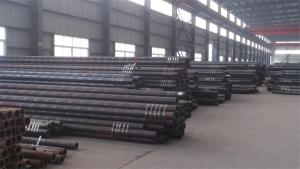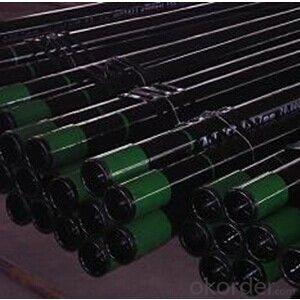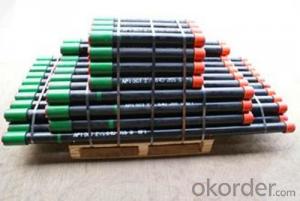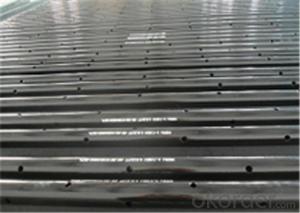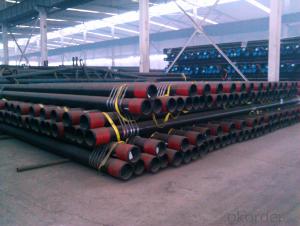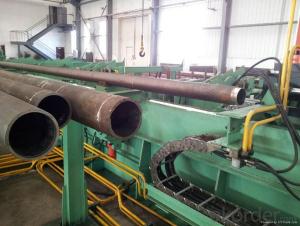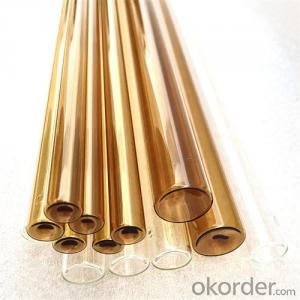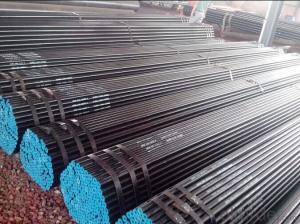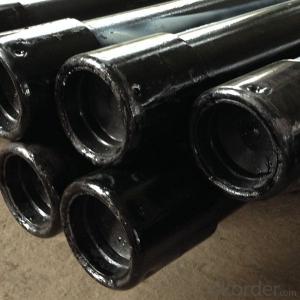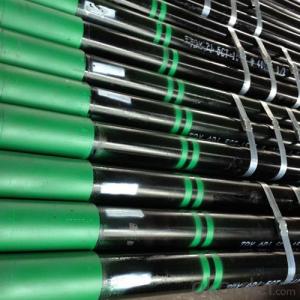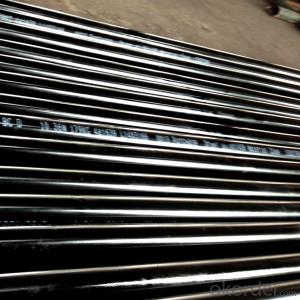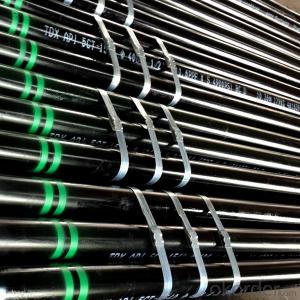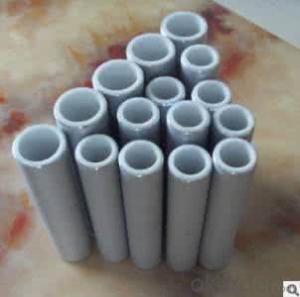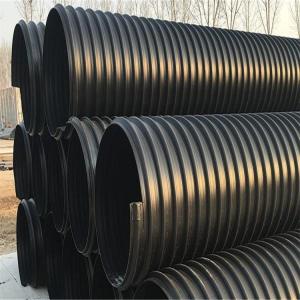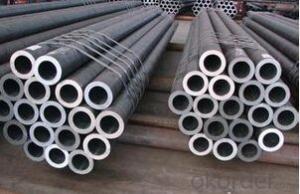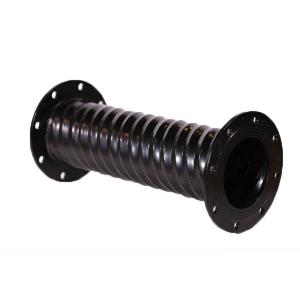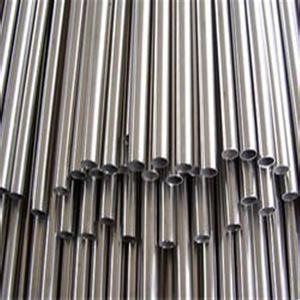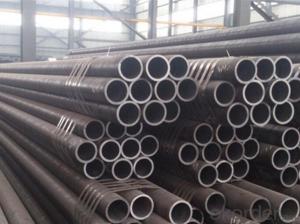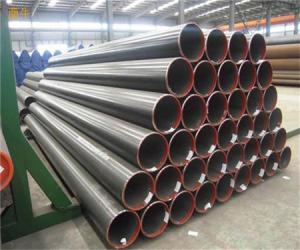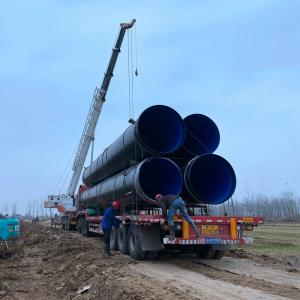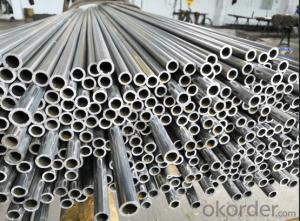Hydronic Tubing
Hydronic Tubing Related Searches
Stainless Steel Light Fixtures 1 2 Inch Stainless Steel Tubing 1 Inch Stainless Steel Tubing Used Stainless Steel Tanks 3/4 Stainless Steel Tubing White Stainless Steel Trash Can Stainless Steel Tile Trim Stainless Steel Tile Backsplash 1/2 Stainless Steel Tubing Stainless Steel Drain CoverHot Searches
Stainless Steel Tubing Supplier Stainless Steel Tubing Sizes Stainless Steel Tubing Near Me Stainless Steel Tubing Supplier Stainless Steel Supply Near Me Stainless Steel Tubing Sizes Stainless Steel Tubing Near Me Stainless Steel Welder Near Me Stainless Steel Shop Near Me Stainless Steel Scrap Pricing Restore Stainless Steel Sink Stainless Steel Welders Near Me Stainless Steel Near Me Type Of Scaffolding With PdfHydronic Tubing Supplier & Manufacturer from China
Okorder.com is a professional Hydronic Tubing supplier & manufacturer, offers integrated one-stop services including real-time quoting and online cargo tracking. We are funded by CNBM Group, a Fortune 500 enterprise and the largest Hydronic Tubing firm in China.Hot Products
FAQ
- There are several methods of protecting steel pipes from external damage, including coating the pipes with a corrosion-resistant material such as epoxy or polyethylene, applying a layer of protective tape, installing a cathodic protection system, using concrete or rock shielding, and implementing measures to prevent soil movement or impact damage.
- Yes, steel pipes can be used for wastewater treatment plants. Steel pipes are commonly used in these facilities due to their high strength, durability, and resistance to corrosion, making them suitable for handling the harsh and corrosive nature of wastewater. Additionally, steel pipes can be easily welded and are available in various sizes, making them versatile for different applications within wastewater treatment plants.
- The different types of thread connections commonly used in steel pipes include tapered threads such as NPT (National Pipe Taper), BSPT (British Standard Pipe Taper), and API (American Petroleum Institute) threads, as well as straight threads like NPS (National Pipe Straight), BSPP (British Standard Pipe Parallel), and API threads. These connections are used to ensure a secure and leak-proof joint between pipe sections or fittings.
- Steel pipes are commonly used in chemical processing plants for various purposes such as transporting fluids, gases, and chemicals within the facility. They are utilized for the safe and efficient transfer of raw materials, intermediate products, and final products throughout different stages of the manufacturing process. Steel pipes provide excellent strength, durability, and resistance to corrosion, making them suitable for handling corrosive materials and operating under high pressure and temperature conditions. Additionally, steel pipes can be welded and connected easily, allowing for customized configurations and efficient installation in chemical processing plants.
- Fastener type steel pipe scaffold external parts name
- Steel pipeScaffold steel pipe should adopt outer diameter 48mm and wall thickness 3.5mm welded steel pipe, also can use outer diameter 51mm and wall thickness 3.1mm welded steel pipe. For horizontal horizontal rods, the maximum length of steel pipe shall not be greater than 2m; other poles shall not be greater than 6.5m, and the maximum mass of each steel tube shall not exceed 25kg, so as to be suitable for manual handling.
- Steel pipes are commonly paired with various fittings that serve to connect, control, or alter the flow direction in a piping system. Some of these fittings include: 1. Elbow fittings: Designed to modify the flow direction, elbow fittings are available in different angles, such as 45 or 90 degrees. They are frequently utilized to navigate obstacles or introduce bends in the pipe. 2. Tee fittings: Tee fittings are implemented to create a branch or division in the piping system. With three openings, one perpendicular to the other two, they enable the connection of two pipes at a 90-degree angle. 3. Coupling fittings: Used to join two pipes of the same size, coupling fittings are typically threaded and can be easily fastened or removed with a wrench. They are commonly employed when pipes need to be connected or repaired. 4. Reducer fittings: Reducers are employed to connect pipes of varying sizes. They consist of one end with a larger diameter and another end with a smaller diameter. Reducers are often employed to transition between pipe sizes or adapt to different equipment or fittings. 5. Flange fittings: Flanges are utilized to establish a secure and leak-proof connection between pipes, valves, or other equipment. They consist of a flat, circular plate with holes to accommodate bolts or screws for fastening the flange to the pipe. Flange fittings find frequent use in applications that necessitate frequent disassembly and reassembly. 6. Union fittings: Union fittings are employed to join two pipes in a manner that facilitates easy disconnection. They comprise three parts: a nut, a female end, and a male end. Union fittings are commonly used in scenarios that require periodic maintenance or repairs. 7. Cap fittings: Cap fittings are employed to seal the end of a pipe. Usually threaded, they can be effortlessly screwed onto the pipe's end. Cap fittings are commonly used in instances where temporary closure or protection of pipes is necessary. These examples represent some of the various fittings utilized with steel pipes. The specific fitting required depends on factors such as the application, pipe size and material, as well as the desired functionality of the piping system.
- There are several types of steel pipe flanges, including slip-on flanges, weld neck flanges, socket weld flanges, threaded flanges, blind flanges, and lap joint flanges. Each type has unique features and is used in specific applications based on factors such as pressure ratings, pipe size, and end connections.
- Indeed, steel pipes prove to be generally well suited for industrial cooling systems. Being a robust and long-lasting material, steel can endure the elevated pressures and temperature fluctuations commonly encountered in such systems. Furthermore, its exceptional resistance to corrosion renders it an ideal choice for utilization with water or other coolants. Moreover, steel pipes exhibit commendable thermal conductivity, facilitating efficient heat transfer during the cooling procedure. Additionally, these pipes are conveniently accessible and cost-effective, rendering them highly favored within industrial settings.



